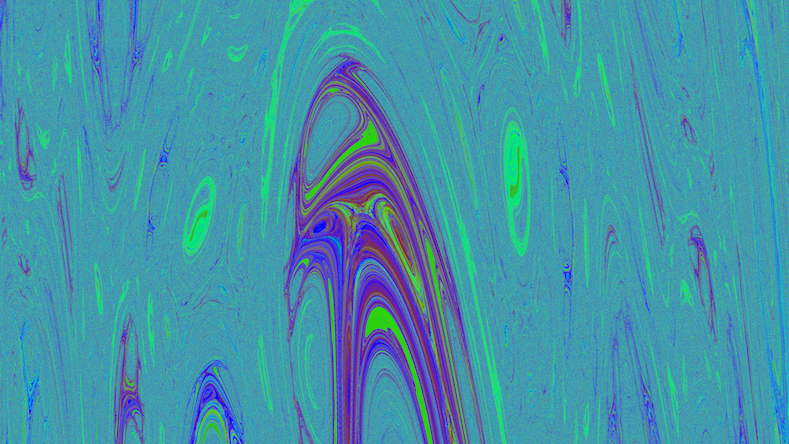A chaos far wilder than expected
Dynamical systems appear in various domains such as fluid mechanics, economy or ecology.
Such systems consist in a phase space which parametrizes a system and in evolution laws which describe the evolution of this system. The first examples of dynamical systems come from celestial mechanics, where the phase space consists in the set of positions and speed of each of the planets, and the evolution laws are given by the differential equations of Newton's fundamental principle. This vision has been revolutionized at the end of the 19-th century, when Henri Poincaré discovered a dynamical system consisting in three celestial bodies with very complex trajectories and a high sensitivity to initial conditions. This gave birth to chaos theory. Up to now, most mathematicians thought that it was possible to model a dynamical system with a finite number of statistic attractors. Recently, Pierre Berger showed the existence of a large number of systems which enjoy an infinite number of attractors, each of them with its own special statistic behavior. He even conjectured that there exist some systems that one cannot model with statistics, anticipating on an incredibly large possibility of chaotic behaviors.

References :
[1] P. Berger, Generic family with robustly infinitely many sinks, Inventiones Mathematicae, 205, 121 (2016).
[2] P. Berger, Emergence and non-typicality of the finiteness of the attractors in many topologies, arXiv:1609.08803,09/2016.
Contact : Pierre Berger | Laboratoire Analyse, Géométrie et Applications | UMR 7539 | CNRS, Universités Paris 13 et 8.